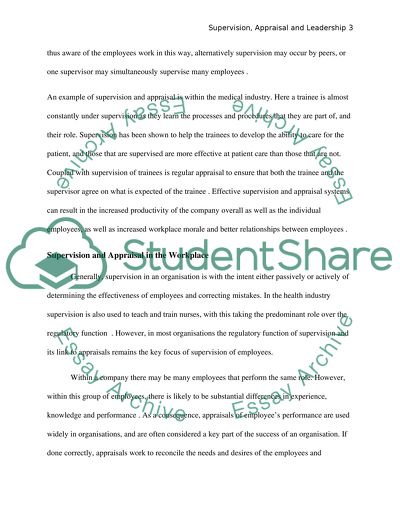Cite this document
(“The Role and Value of Supervision and Appraisal in Today's Essay”, n.d.)
Retrieved from https://studentshare.org/education/1430906-demonstrate-an-understanding-of-and-a-capacity-to
Retrieved from https://studentshare.org/education/1430906-demonstrate-an-understanding-of-and-a-capacity-to
(The Role and Value of Supervision and Appraisal in Today'S Essay)
https://studentshare.org/education/1430906-demonstrate-an-understanding-of-and-a-capacity-to.
https://studentshare.org/education/1430906-demonstrate-an-understanding-of-and-a-capacity-to.
“The Role and Value of Supervision and Appraisal in Today'S Essay”, n.d. https://studentshare.org/education/1430906-demonstrate-an-understanding-of-and-a-capacity-to.


